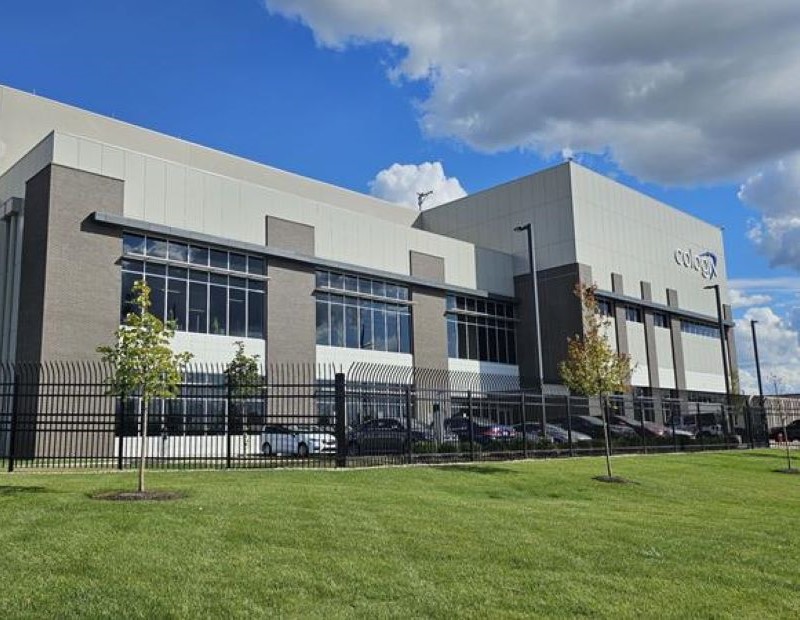The Seasons Change
By Robert Bach, National Director of Market Analytics, Newmark Grubb Knight Frank: Commercial real estate cycles shift gradually, almost imperceptibly. One would be hard-pressed to identify a particular moment when the real estate cycle transitions from one of its four phases to the next: recession, recovery, expansion and overbuilding. Such transitions tend to be visible only in hindsight.
By Robert Bach, National Director of Market Analytics, Newmark Grubb Knight Frank
Commercial real estate cycles shift gradually, almost imperceptibly. Except for REITs, which trade in real time and are subject to the daily volatility of the equity markets, one would be hard-pressed to identify a particular moment when the real estate cycle transitions from one of its four phases to the next: recession, recovery, expansion and overbuilding. Such transitions tend to be visible only in hindsight.
But let me suggest to you that we are witnessing such a transition. Here are the signposts:
- Rising long-term interest rates. After spending the first four months of 2013 at or below 2 percent, the 10-year Treasury yield has risen a full percentage point since May, fluctuating in the range of 2.5 to 2.7 percent for the past month with expectations that it will move higher.
- Signs that the Federal Reserve is close to “tapering” its $85 billion in monthly bond purchases with the goal of ending its quantitative easing program when the unemployment rate hits 6.5 percent — less than a percentage point below the current level of 7.4 percent. This is likely to put further upward pressure on interest rates.
- Recent pullbacks in two repeat-sale price indices, the Moody’s/Real Commercial Property Price Indices and the Green Street Commercial Property Price Index, which suggest that rising interest rates are beginning to bite into pricing.
- Expectations that job growth could be close to picking up as the effects from sequester-related spending cuts and the payroll tax hike this year wind down.
- The growing popularity of secondary markets and out-of-favor property types among yield-seeking investors.
- Private equity investor Blackstone is putting $50 billion of its commercial real estate holdings up for sale, prompting some observers to suggest that the top of the market is getting close.
Might the party be over? No, but the crowd who showed up early and drank up all the champagne has one eye on the door, preparing to move on to the next big bash at the house down the street.
The trends noted above are signposts that the market is shifting from the recovery to the expansion phase of the real estate cycle, which will feature stronger leasing market metrics, rising construction and more demand for capital across many sectors of the economy, leading to higher interest rates. A tradeoff is at hand. Investors will face tighter mortgage market conditions in exchange for improving occupancies and rental rates. One jarring aspect of this tradeoff is that mortgage conditions can and do change overnight while improving occupancies and rental rates take their own sweet time in showing up.
Every phase of the real estate cycle has its specific set of risks and rewards. So long as the economy and labor market continue to expand, even slowly, commercial real estate will reward investors who buy at the right price, use leverage wisely, manage their property carefully and know from the start what their exit strategy will be.








You must be logged in to post a comment.